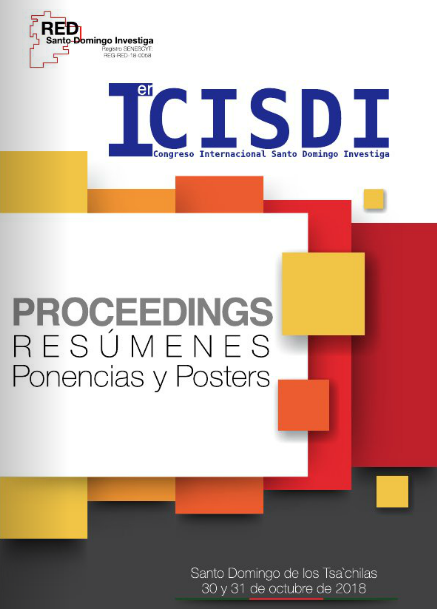RESUMEN
Es de gran importancia para las industrias de la celulosa y papel, impulsar en la medida de lo posible el desarrollo de nuevas técnicas para obtener celulosa; por lo que, en el presente estudio se propuso como objetivo evaluar las propiedades físicas y químicas de la pulpa celulósica obtenida de diferentes partes vegetativas del maíz, para lo cual se realizaron pruebas de pH, calibre (espesor), resistencia al rasgado y cenizas presentes. La extracción de celulosa se realizó siguiendo los siguientes pasos: Recepción de la materia prima, secado, molienda, cocción con (NaOH), reposo 1 (8 días), tamizado 1, lavado 1 (agua destilada), blanqueo (peróxido de hidrogeno 3%), reposo 2 (24 horas), tamizado 2, lavado 2, moldeado, prensado y finalmente pasaron al secado, se realizó un reproceso en el 50% de las muestras. Los resultados obtenidos mostraron que la calidad de la pulpa celulósica se va a ver influenciada por la parte vegetativa de la planta de maíz y la variedad, ya que el tratamiento que presentó mejores características con respecto a la variable rendimiento fue la parte vegetativa del tallo de la variedad nacional (37%) y para las variable grosor y resistencia se obtuvo mejores resultados con el método del reproceso, utilizando la parte vegetativa del tallo con la variedad nacional.
Palabras claves: celulosa, maíz, Vegetativa, calidad.
ABSTRACT
It is of great importance for the pulp and paper industries, to promote as far as possible the development of new techniques to obtain cellulose; Therefore, in the present study it was proposed to evaluate the physical and chemical properties of cellulose pulp obtained from different vegetative parts of corn, for which pH, gauge (thickness), tear resistance and ashes present were tested. . Cellulose extraction was carried out following the following steps: Reception of the raw material, drying, grinding, cooking with (NaOH), rest 1 (8 days), sieving 1, washing 1 (distilled water), bleaching (hydrogen peroxide 3 %), rest 2 (24 hours), sieving 2, washing 2, molding, pressing and finally drying, a reprocessing was performed in 50% of the samples. The results obtained showed that the quality of the cellulose pulp will be influenced by the vegetative part of the corn plant and the variety, since the treatment that presented better characteristics with respect to the variable yield was the vegetative part of the stem of the national variety (37%) and for the variable thickness and resistance, better results were obtained with the reprocessing method, using the vegetative part of the stem with the national variety.
Keywords: cellulose, corn, Vegetative, quality




